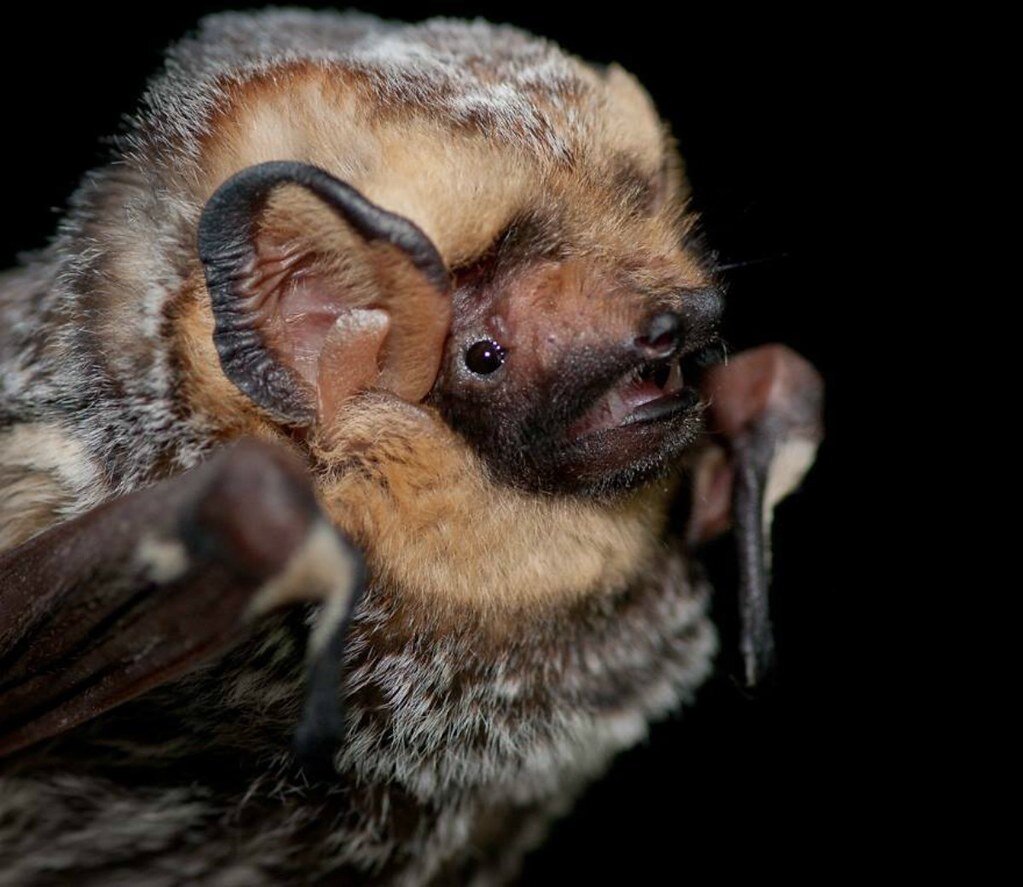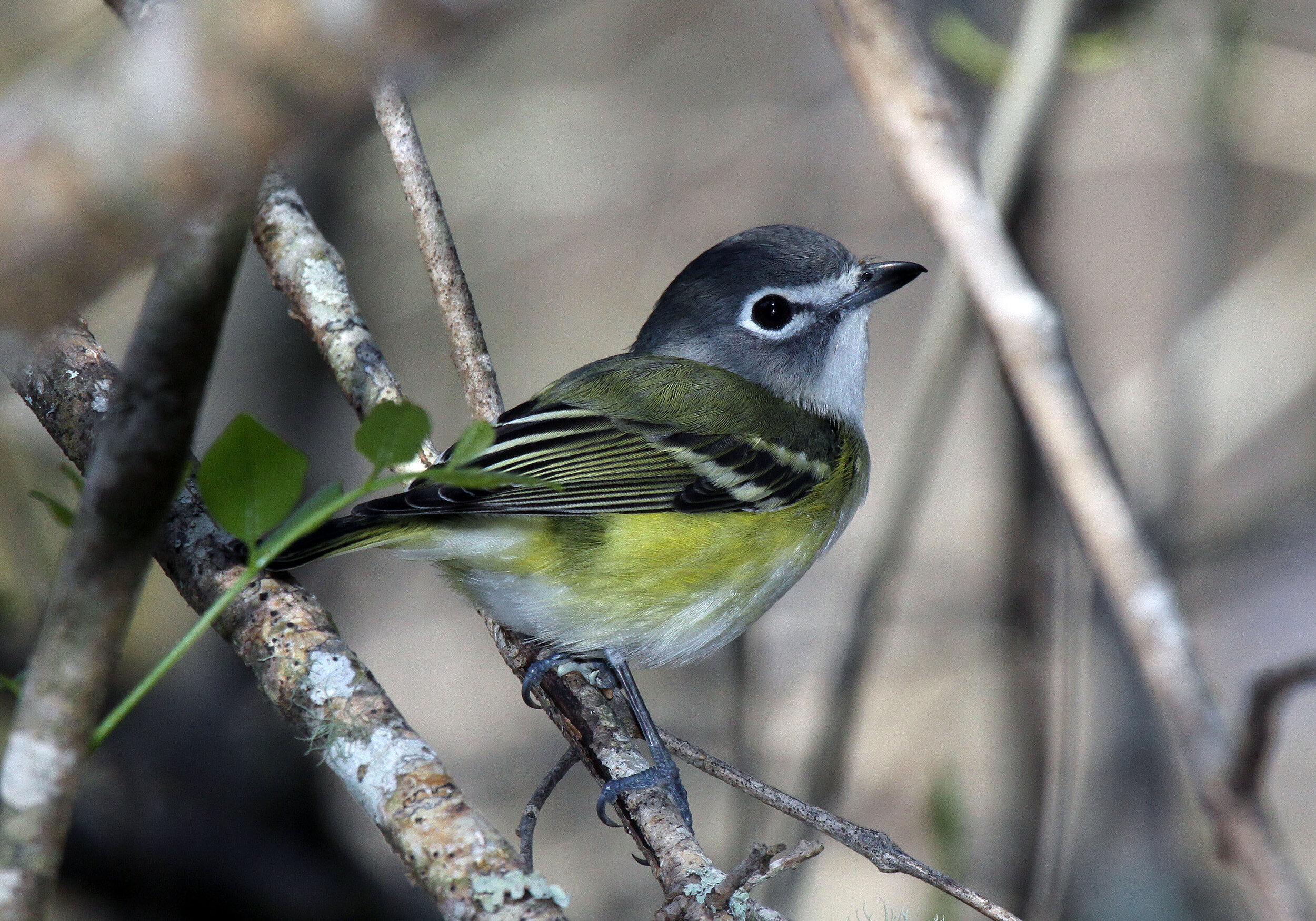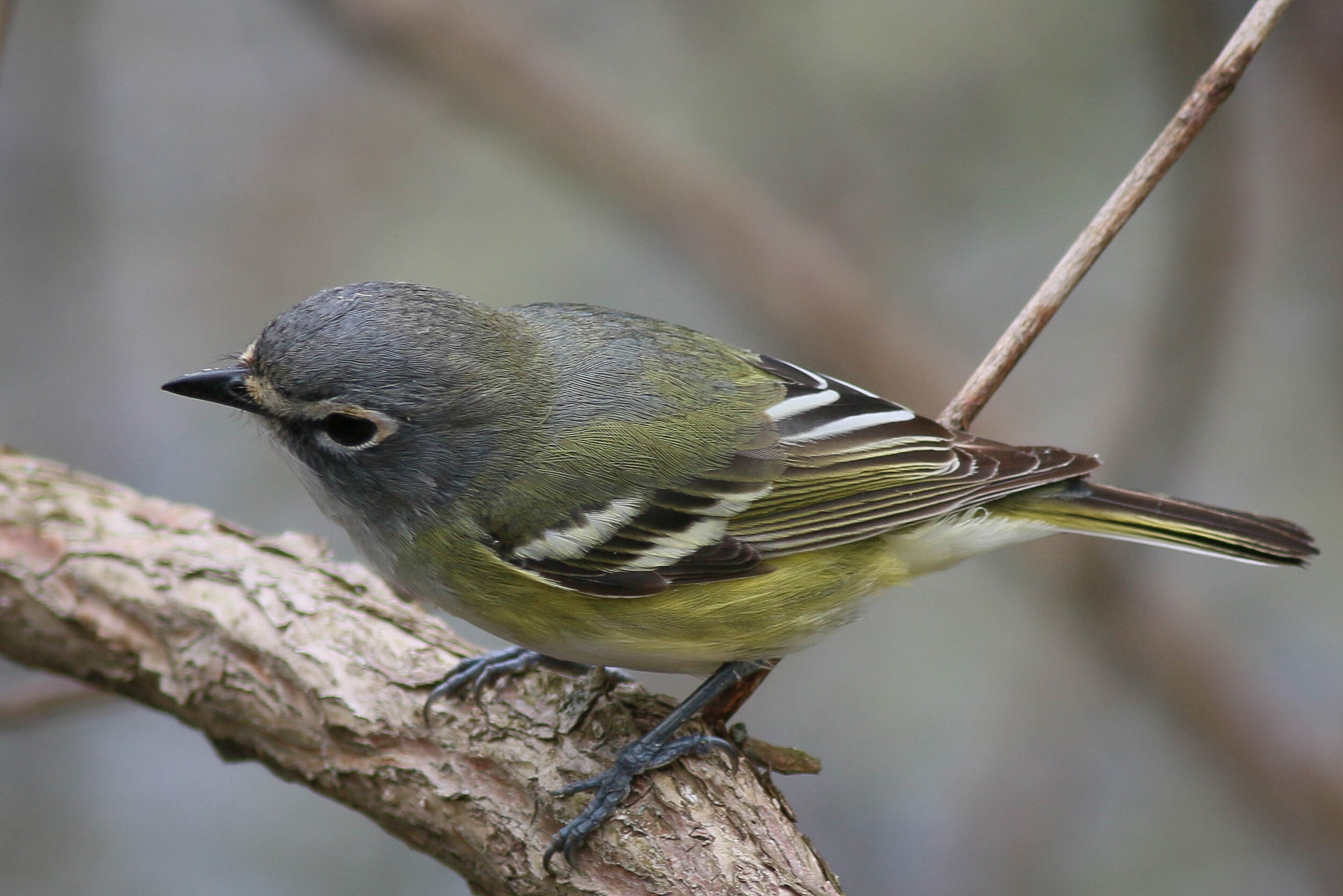With Halloween just around the corner, let’s talk about a furry, flying critter with an unfairly ghoulish reputation: Bats.
Hoary bat, one of Wisconsin’s eight native bat species. Photo by Daniel Neal, Oregon State University FCC
Of the 5,416 mammal species on Earth, about 1,200 of them are bats. This makes bats the most diverse mammal group second only to rodents. We have eight native bats here in Wisconsin, and they are all insectivores that prefer to eat beetles, stinkbugs, leafhoppers, and moths. Many of these insects are agricultural pests, and through their pest reduction services, bats have a huge positive impact on farmers. Flies and mosquitoes that directly impact humans are also on the menu.
Bats have been heavily persecuted by humans because of common myths associated with them, a fear of their unknown habits, and their general appearance. Let’s dispel some of those harmful bits of misinformation, shall we?
Myth: Most bats have rabies. Fact: Less than one percent of bat individuals have rabies.
Myth: Bats like to land in your hair. Fact: Bats may fly around you at night, but that’s only because insects are attracted to the heat and carbon dioxide that humans give off. Their goal has nothing to do with your hair.
Myth: Bats will suck your blood. Fact: Only three species of bats in the world feed on blood, and they all live in Central or South America.
Misconception: Bats are ugly. Counter argument: To each their own on this one, but I can say with confidence that not all bats are ugly. There’s a reason that some species of bats, like this cutie below, are called flying foxes.
Young flying fox. Photo by Australian Bat Clinic and Wildlife Trauma Centre
There are four major threats to bat populations including bioaccumulation of pesticides, hibernacula disturbance, wind turbines, and white-nose syndrome (WNS). WNS is by far the most pressing issue. 75-100% of all bats in a hibernaculum (usually a cave or mine) are expected to die if the colony becomes infected with WNS. WNS is caused by a fungus. How it causes such high rates of mortality is somewhat unknown, but it is generally accepted that WNS causes bats to awaken from their hibernation period costing them precious energy.
Map by White-Nose Syndrome Response Team
Each species of bat emits their own distinct frequency while searching for food. Scientists developed bat survey equipment with this auditory footprint in mind. The machine “listens” for bats, determines what species was present, and adds the associated coordinates to create a bat survey map. Mark Martin, Sue Foote-Martin, and Brand Smith started conducting bat surveys at Goose Pond Sanctuary and Schoeneberg Marsh in 2008. Bats found on past surveys in our area have included big and little brown, hoary and eastern red bats. A silver-haired bat found on the recent Schoeneberg Marsh count is new species to the bat list.
This baseline data is valuable in determining what bat species are declining most heavily. On August 6, 2019, Tanner Pettit (summer Goose Pond intern) and I replicated a bat survey from 2016. Note that the time of year, time of night, water levels, and wind speeds are all similar between the two surveys. Each symbol on the map represents one bat encounter. The results were sobering.
Results of the 2016 Bat Survey. Map by WDNR Bat Program
Results of the same survey done in 2019. Map by WDNR Bat Program
Andrew Badje, DNR Conservation Biologist, downloaded the 2019 bat data for Goose Pond and Schoeneberg Marsh and said, "On that note, 4 species/survey is a great result, for the WNS world we currently live in.” Bat counts have also been conducted at Goose Pond and have found similar results.
Little brown bats in a hibernaculum. Photo by Petroglyph FCC
Bats are sometimes grouped by habitat preference. Tree bats usually roost in small groups under bark or in tree cavities. As the name implies, cave bats usually roost in caves or mines. The largest known bat colony is called Bracken Cave in Mexico, and it hosts 20 million bats annually. This makes it the largest concentration of mammals ever discovered. Because cave bats pack themselves closely together for warmth and to conserve space, they are particularly susceptible to diseases like WNS.
Little brown bat with white-nose syndrome. Photo courtesy of USFWS National Digital Library.
As you can see from the bat survey map of Schoeneberg Marsh above, bats of all species have declined sharply except for big brown bats since 2016. While big browns are cave bats, their larger body size probably helps them survive the winter better than smaller bodied bats. Solutions for WNS like vaccines and hibernacula climate control are in the works, but our window to save bat populations is rapidly closing.
Written by Graham Steinhauer, Goose Pond Sactuary land steward





























